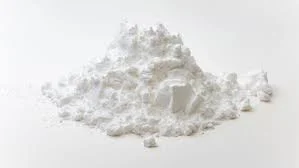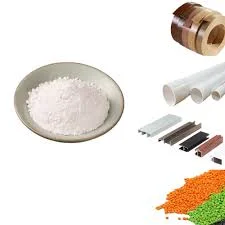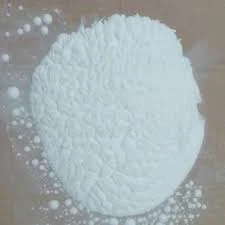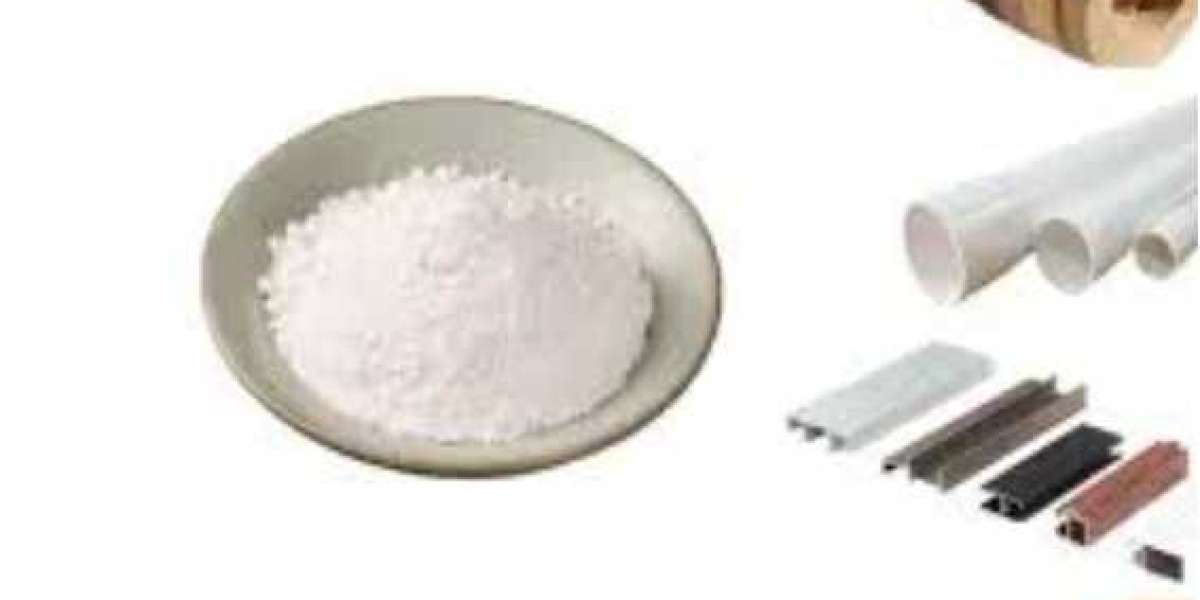Rutile titanium dioxide is a versatile and widely used pigment in various industries and applications. Produced by CNNC (China National Nuclear Corporation), rutile titanium dioxide offers exceptional qualities that make it suitable for a range of fields. In this blog, we will explore the application fields of CNNC rutile titanium dioxide and its significance in diverse industries.
I. Understanding Rutile Titanium Dioxide
Rutile titanium dioxide is a white, inorganic pigment that occurs naturally in the form of rutile mineral. It is chemically composed of titanium dioxide (TiO2) and exhibits excellent brightness, whiteness, and opacity. Rutile titanium dioxide is produced through a refining process that involves extracting and purifying titanium dioxide from various ores.

II. Paints and Coatings
One of the primary application fields for CNNC rutile titanium dioxide is in paints and coatings. It is extensively used as a pigment to provide whiteness, opacity, and color retention to coatings and paints. Rutile titanium dioxide enhances the covering power of paints, allowing for better hiding of the substrate and ensuring a smooth and even finish. It also contributes to the durability and weather resistance of coatings, making them suitable for outdoor applications.
III. Plastics and Polymers
Rutile titanium dioxide finds significant applications in the plastics and polymers industry. It is used as a whitening agent, providing brightness and opacity to plastic products. Rutile titanium dioxide is particularly effective in polyolefin materials, such as polyethylene and polypropylene, where it improves the appearance and enhances the UV resistance of the final product. It is also used in PVC (polyvinyl chloride) applications to achieve desired colors and opacity.
IV. Paper and Printing
In the paper and printing industry, rutile titanium dioxide is employed as a filler and coating material. It enhances the whiteness, brightness, and opacity of paper, making it ideal for high-quality printing and writing papers. Rutile titanium dioxide also improves the printability of papers, ensuring sharp and vibrant images. In addition, it contributes to the opacity and smoothness of coated papers, enhancing ink holdout and reducing show-through.

V. Cosmetics and Personal Care
Rutile titanium dioxide finds applications in the cosmetics and personal care industry due to its light-scattering and UV-protective properties. It is used in various products, including foundations, powders, sunscreens, and lotions, to provide a smooth and even appearance while offering protection against harmful UV radiation. Rutile titanium dioxide acts as a physical sunscreen by reflecting and scattering UV rays, making it a crucial ingredient in sun protection products.
VI. Inks and Pigments
Rutile titanium dioxide is utilized in the production of inks and pigments for its excellent opacity and color retention properties. It is commonly used in printing inks, including offset, gravure, and flexographic inks, to achieve vibrant and long-lasting colors. The high refractive index of rutile titanium dioxide contributes to the brilliance and lightfastness of pigments, ensuring their performance and stability.
VII. Ceramics and Glass
In the ceramics and glass industry, rutile titanium dioxide is used as an opacifier and whitening agent. It provides opacity and brightness to ceramic glazes, ensuring a consistent and vibrant appearance. Rutile titanium dioxide is also employed in the production of glass, where it enhances the whiteness and clarity of the final product.
VIII. Other Applications
Apart from the aforementioned fields, rutile titanium dioxide finds applications in several other industries. It is used in the production of adhesives, sealants, and caulks to improve their adhesion and durability. Rutile titanium dioxide is also utilized in the manufacturing of rubber products, such as tires and conveyor belts, to enhance their strength and resistance to aging. Additionally, it is employed in the food industry as a colorant and opacifying agent in certain products.

IX. Conclusion
CNNC rutile titanium dioxide is a versatile pigment with wide-ranging applications in various industries. From paints and coatings to plastics, paper, cosmetics, and more, rutile titanium dioxide enhances the appearance, durability, and functionality of countless products. Its exceptional qualities, including whiteness, opacity, and light-scattering properties, make it an indispensable ingredient in numerous manufacturing processes. As industries continue to evolve and innovate, the significance of rutile titanium dioxide in creating high-quality and sustainable products is expected to grow even further.
Wuxi CHTI New Material Co., Ltd. was established in 2015, the main product is titanium dioxide. It is one of the CHTI sales companies and has established long-term and stable cooperative relations with other domestic factories. The main products are high-grade rutile, anatase, and titanium white enamel, and the extended products are vanadium and ferrous sulfate. Widely used in coatings, plastics, inks, paper, brake pads, enamel, welding materials, steel, metallurgy, sewage treatment, new energy batteries and other fields.
Welcome to inquiry if you need to know more about CNNC Rutile Titanium Dioxide details or order wholesale.
Email:internationalsales@wxchti.com
What Are The Advantages of Using Cnnc Rutile Titanium Dioxide in Plastics And Polymers








